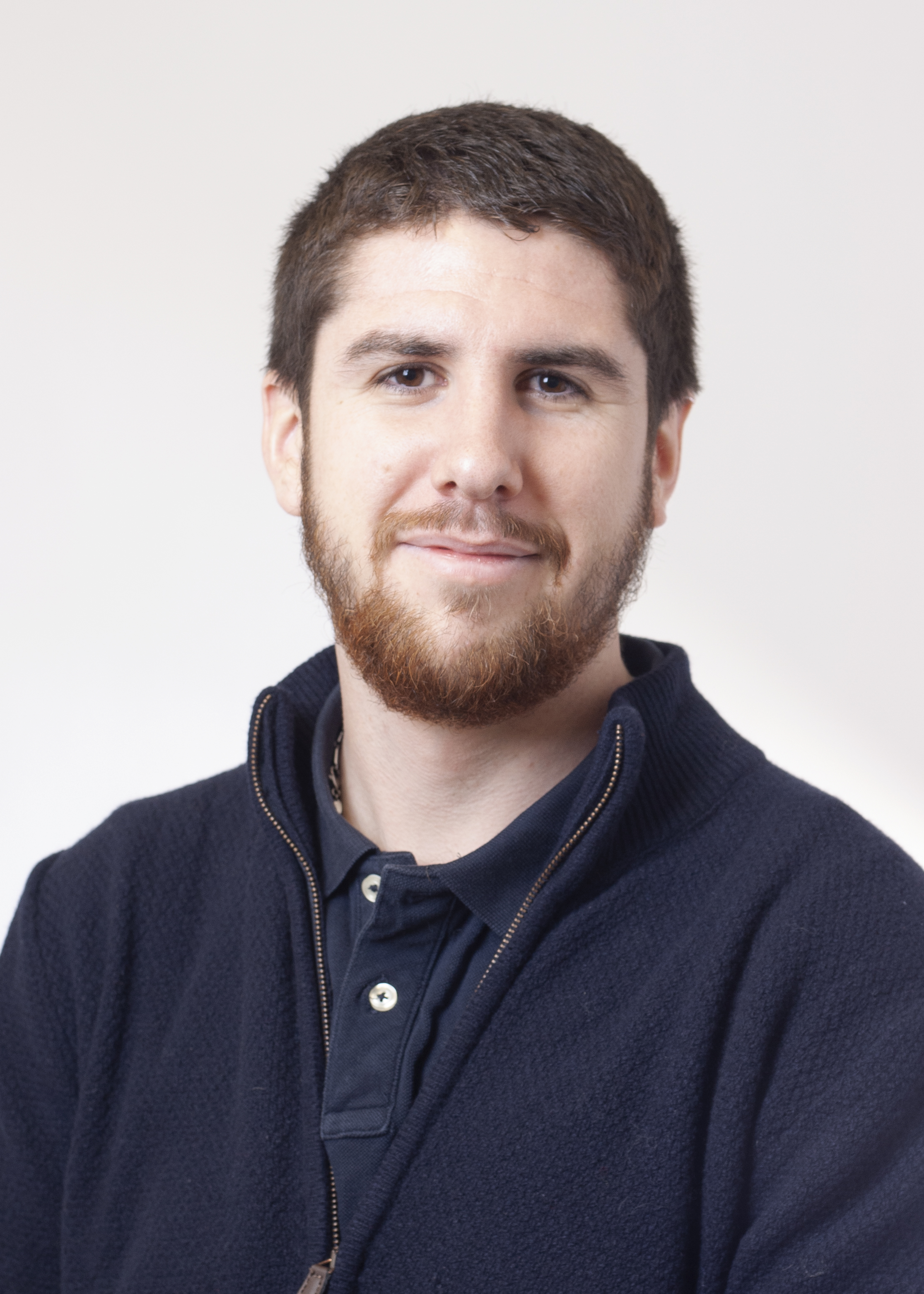Paris-Saclay University "Activation and substrate specificity of the human P4-ATPase ATP8B1"
Nature Communication, https://doi.org/10.1038/s41467-023-42828-9 Thibaud Dieudonné, Felix Kümmerer, Michelle Juknaviciute Laursen, Charlott Stock, Rasmus Kock Flygaard, Syma Khalid, Guillaume Lenoir, Joseph A. Lyons, Kresten Lindorff-Larsen & Poul Nissen, Nat Commun. 14, 7492 (2023).
Cv
Thibaud Dieudonné, 30-year-old, did his PhD at the university Paris-Saclay, under the supervision of Guillaume Lenoir. During his PhD, he worked on the structural and biochemical characterization of yeast and human flippases. Shortly after, he joined the group of Prof. Poul Nissen at the Aarhus University in Denmark to pursue his structural work on flippases and also on copper transporters using single-particle cryo-EM. In 2021, he received a Marie Sklodowska-Curie individual fellowship to continue his work on ATP8B1, a human flippase involved in a rare inherited liver disease. After his postdoc in Denmark, Thibaud received a fellowship to come back to France thanks to the Fondation Recherche Medical (FRM) “aide au retour en France” program to work on malarial ions trasnporters at the Institute for Integrative Biology of the Cell (I2BC) in the Laboratory of Membrane Proteins and Membrane System (LPSM). More recently, Thibaud has been selected for Junior Professor (CPJ) position at the university Paris-Saclay, to reinforce the establishment of structural studies of membrane proteins using cryo-EM at the I2BC.
Contact
CEA SACLAY, Bat. 528 - RD36, I2BC UMR 9198, 91191 GIF SUR YVETTE CEDEX
This email address is being protected from spambots. You need JavaScript enabled to view it.
Résumé de l'article
Asymmetric distribution of phospholipids in eukaryotic membranes is essential for cell integrity, signaling pathways, and vesicular trafficking. P4-ATPases, also known as flippases, participate in creating and maintaining this asymmetry through active transport of phospholipids from the exoplasmic to the cytosolic leaflet. Here, we present a total of nine cryo-electron microscopy structures of the human flippase ATP8B1-CDC50A complex at 2.4 to 3.1 Å overall resolution, along with functional and computational studies, addressing the autophosphorylation steps from ATP, substrate recognition and occlusion, as well as a phosphoinositide binding site. We find that the P4-ATPase transport site is occupied by water upon phosphorylation from ATP. Additionally, we identify two different autoinhibited states, a closed and an outward-open conformation. Furthermore, we identify and characterize the PI(3,4,5)P3 binding site of ATP8B1 in an electropositive pocket between transmembrane segments 5, 7, 8, and 10. Our study also highlights the structural basis of a broad lipid specificity of ATP8B1 and adds phosphatidylinositol as a transport substrate for ATP8B1. We report a critical role of the sn-2 ester bond of glycerophospholipids in substrate recognition by ATP8B1 through conserved S403. These findings provide fundamental insights into ATP8B1 catalytic cycle and regulation, and substrate recognition in P4-ATPases.




